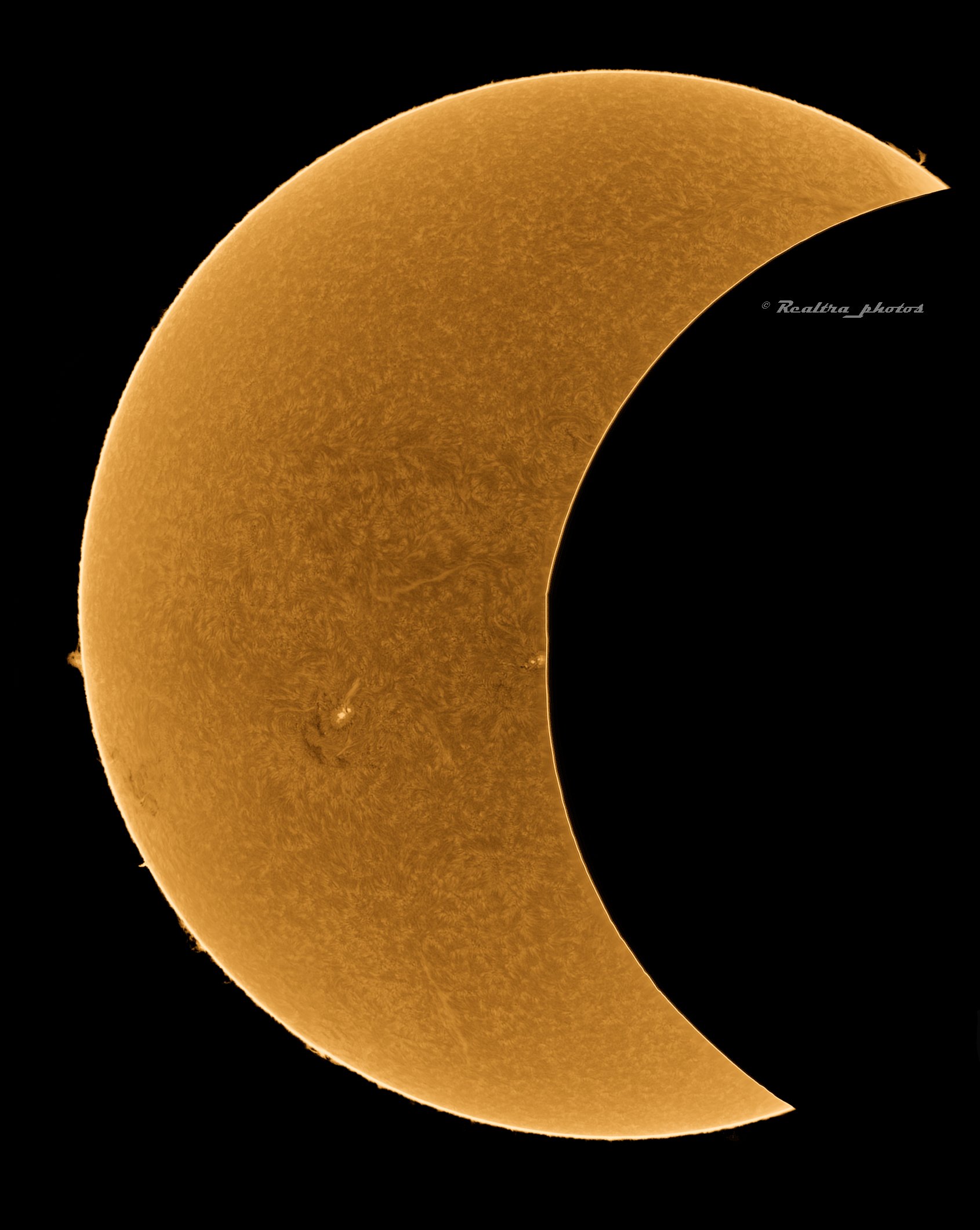
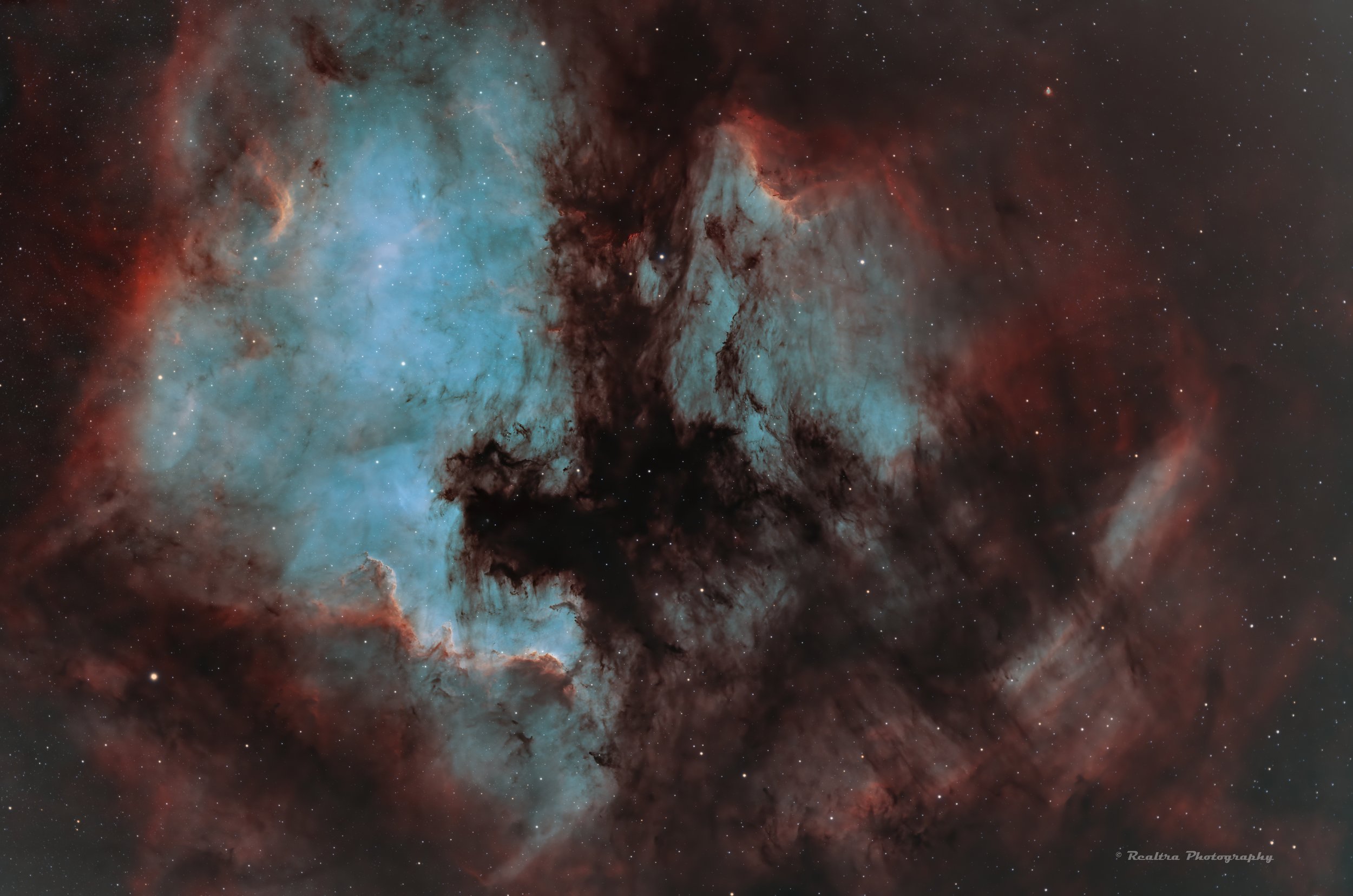
Looking back at 2022
It's been a challenging year for my astrophotography hobby due to the abundance of cloudy nights. As a result, I was only able to image 11 deep space objects this year, compared to 44 last year.
While the quality of the images I was able to capture was generally better due to spending longer on each target, it was frustrating to have fewer opportunities to photograph the stars. Astrophotography requires clear, dark skies to get the best results, and the cloudy weather made it difficult to get the conditions I needed.
Despite the challenges, I've tried to make the most of the clear nights that I did have and the cloudy nights in between. Hours spent practicing processing techniques, and even trying out other types of astrophotography. The resulting images may not be as numerous as I would have liked, but I feel overall they show some improvement.
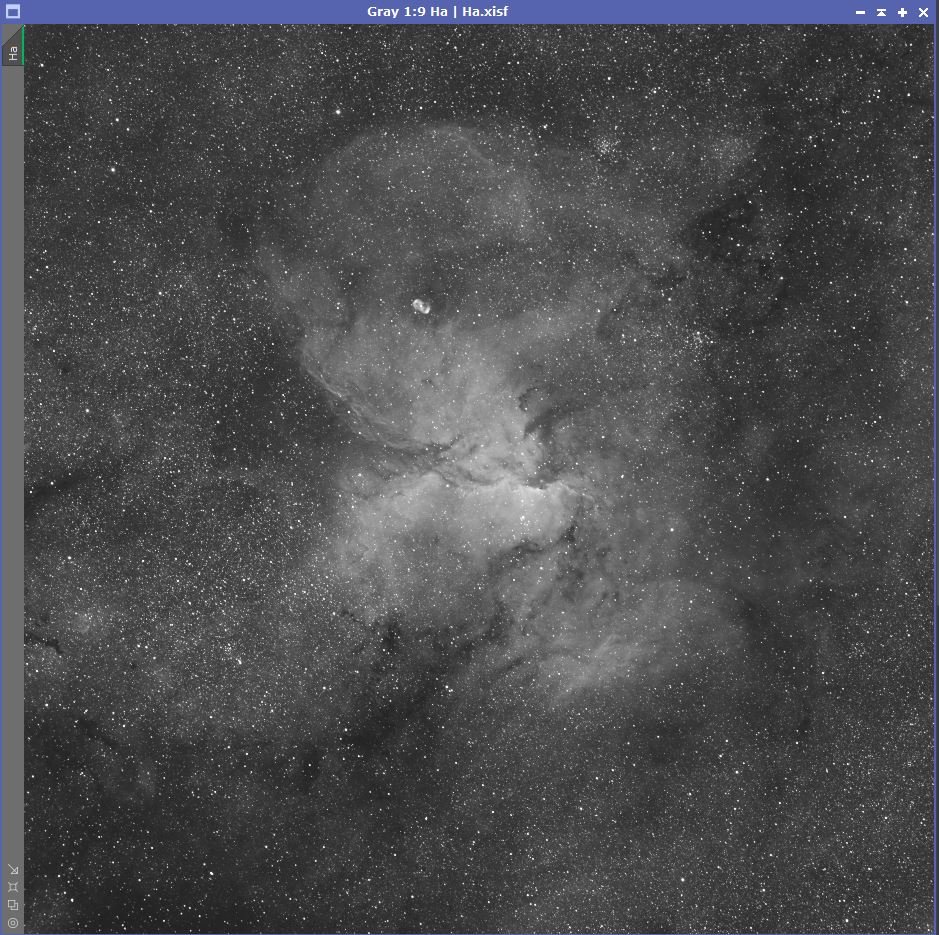
Tricks for (Astro)Treats
OK y’all, I know it’s been a bit since my last post. After a few weeks of good weather and 3 good images collected, I ended up with the flu and an ear infection (thanks kids!) and have been catching up a bit rather than worrying about the site. My bad. I know you were waiting with bated breath for me to post another update, right?
I jest, I jest. So, the most recent image I’ve worked on was another dataset from TelescopeLive, the remote astrophotography service that (conveniently for me) has several observatories in the Southern Hemisphere shooting things I cannot see from my house. Cool objects too that I would love to be able to image one day. One of those is the Rim Nebula, aka Dragons of Ara, which I think is a neat object and I wanted to create an image for my portfolio. The dataset was also a great example of one of the tricks we use in AP to process the data to bring out the feature object, even when a dense starfield is present that can overwhelm the image.

Hogging photons…
Ok, so last week I was super excited that Monday night was going to bring a week of clear skies…and it did! Sorta.
Monday and Tuesday were good, got some great images, but my plot for the object path was a bit off and I didn’t have the rigs in the right place in the yard to get that extra 2 hours without imaging high magnification images of my covered deck. I noticed this Tuesday morning when I shot my calibration frames and “Blinked” my images (e.g. looked through them quickly with software). Each image has a timestamp and I could see when the last one was shot.
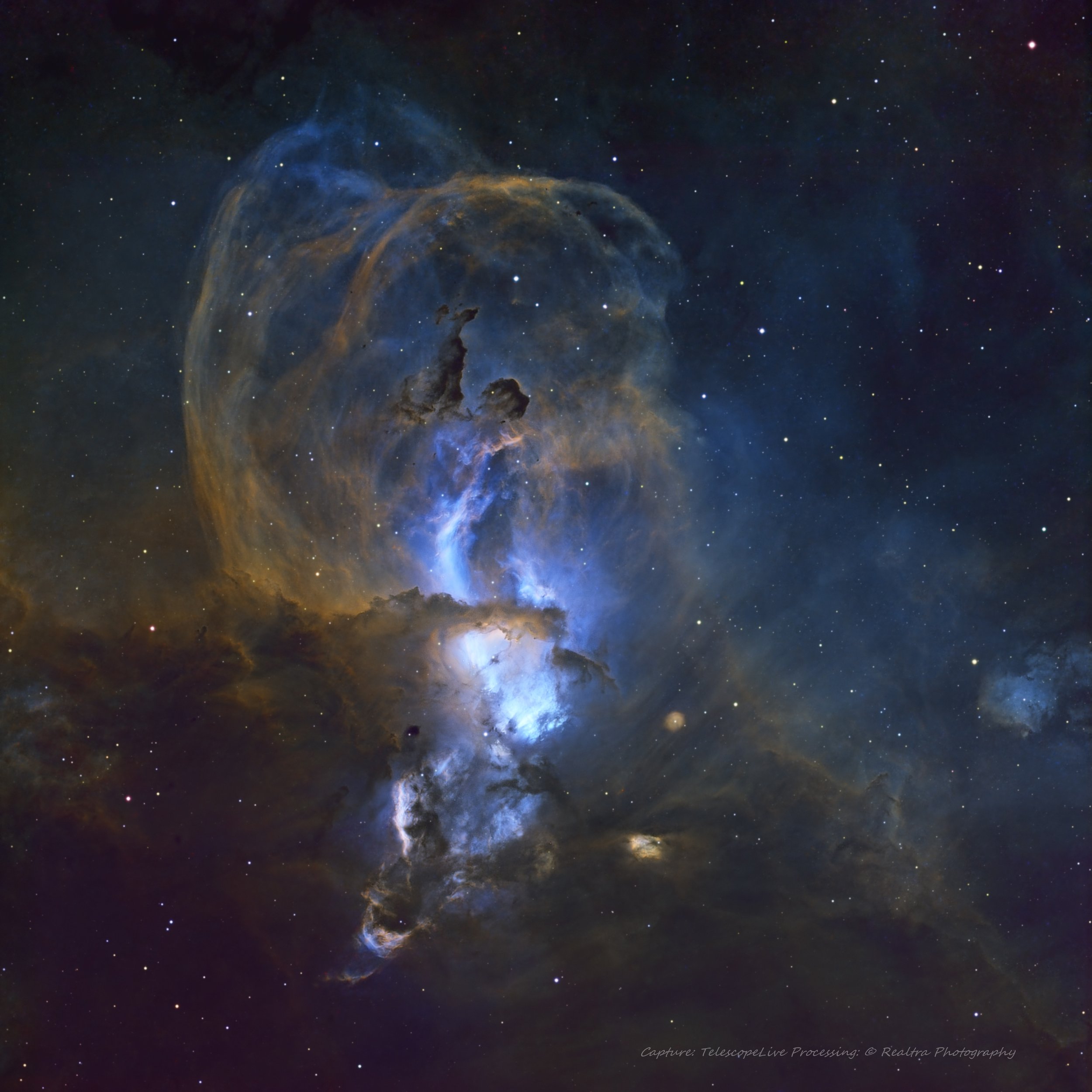
Could it be true?
Could it be true? Looks like clear skies this week and I will finally be able to break out my gear and get some imaging done. Also pushed a new photo this week from a remote observatory.
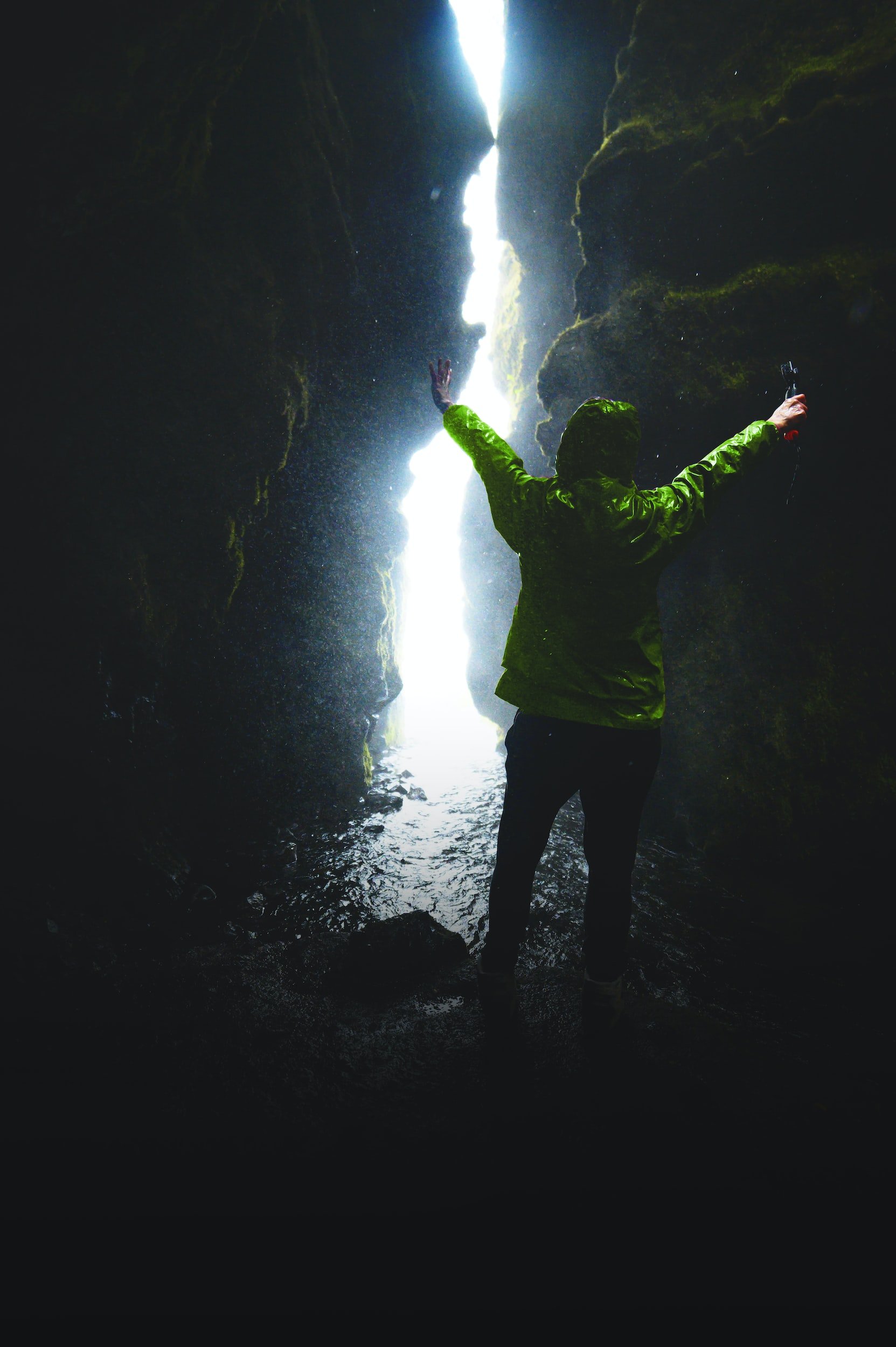
Holy moly that was a lot of work…
Finally have all my images uploaded, thank goodness that’s done. It was a lot of work to get 2 years of data uploaded here even though Squarespace is so user friendly…

And away we go!
Here we go, the first entry on my brand-spanking new site.
I’d like to think that eventually I will write one of these a week. That said, I feel that may be unlikely considering how much the weather has really halted my imaging opportunities this season. I do not believe I have taken a deep space photo since probably March. It’s tough, like any other skill it degrades over time.